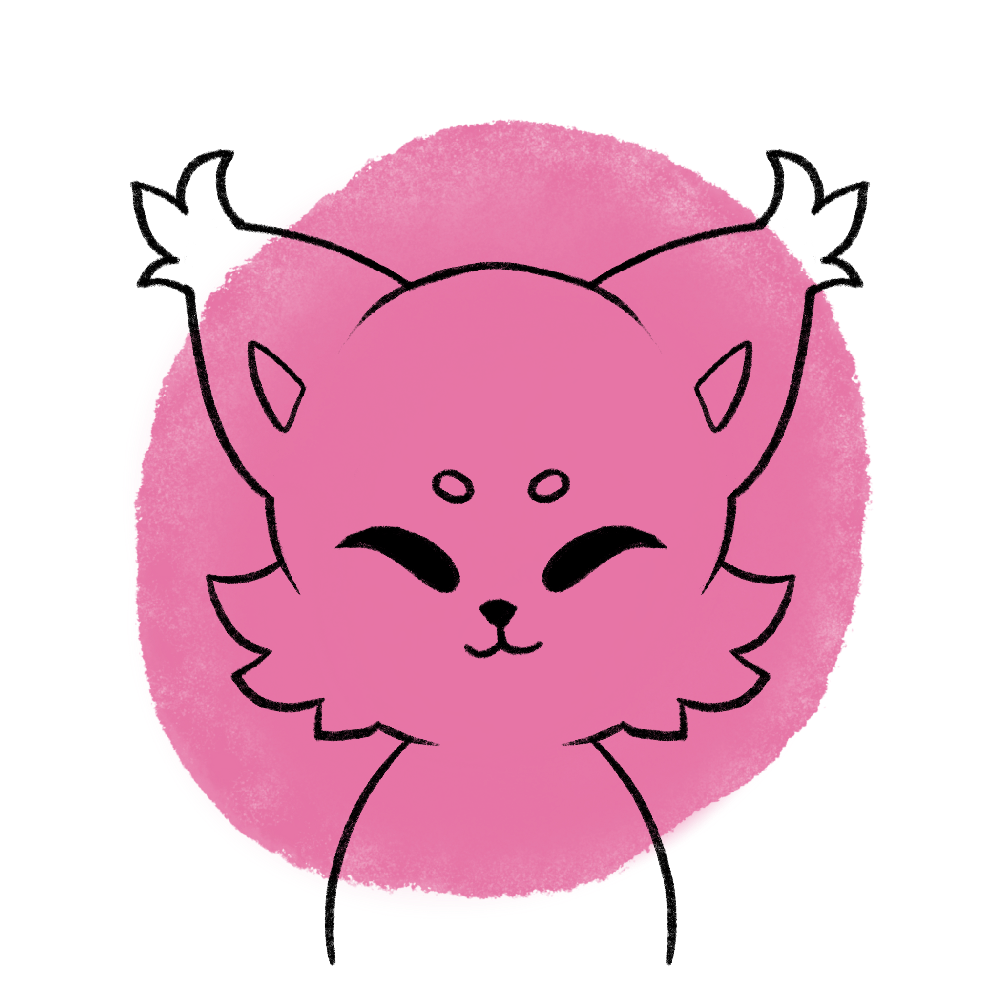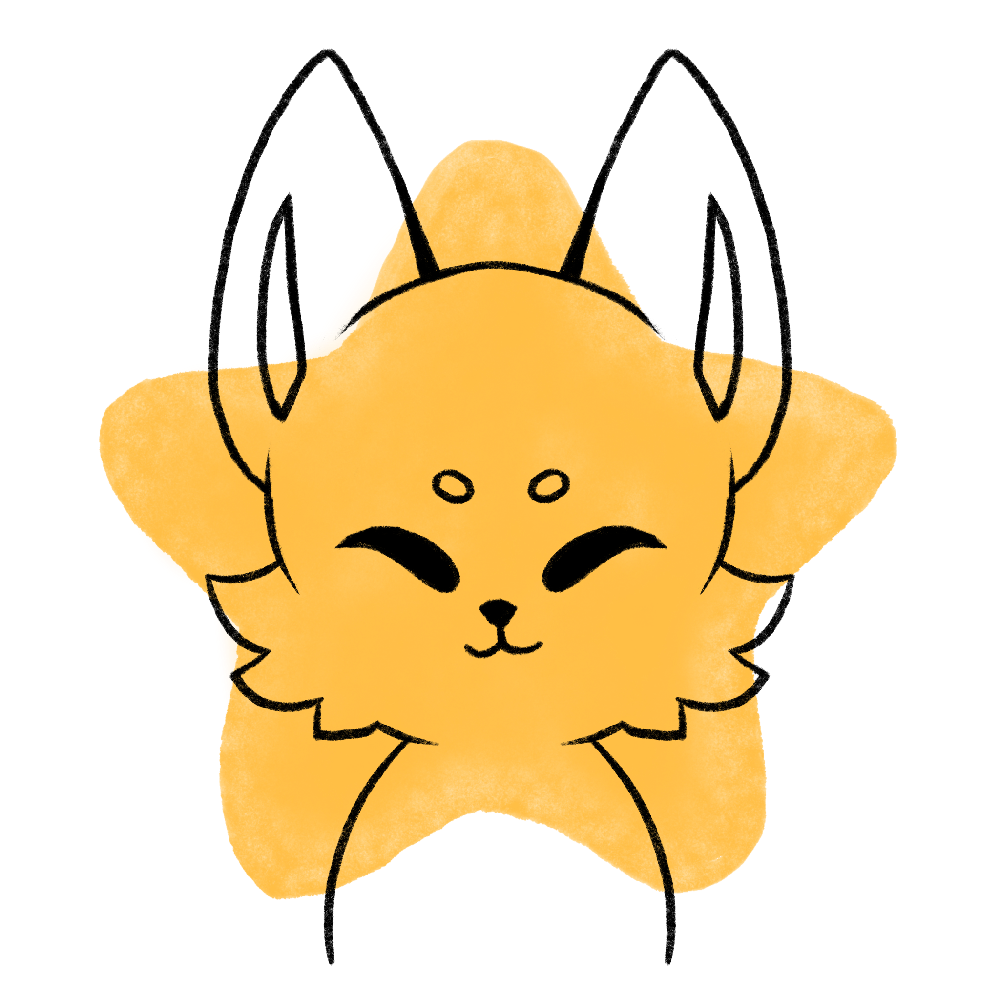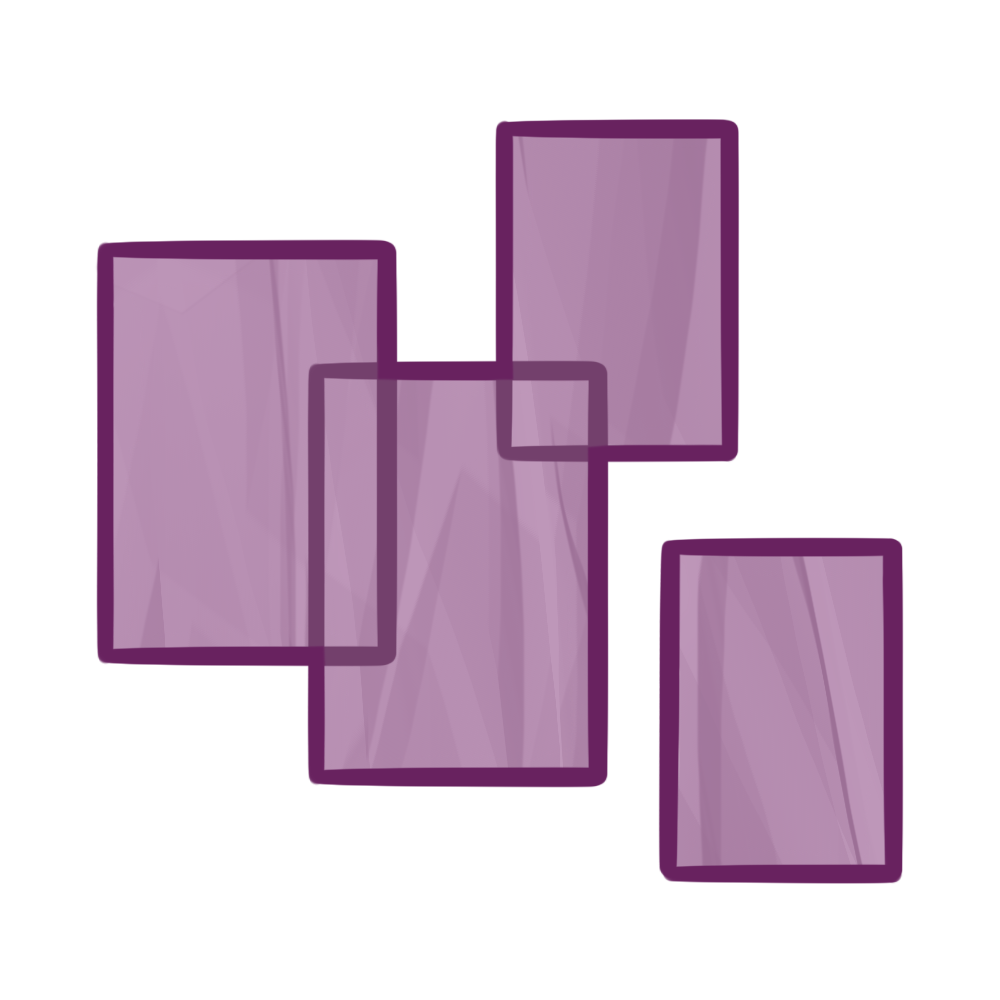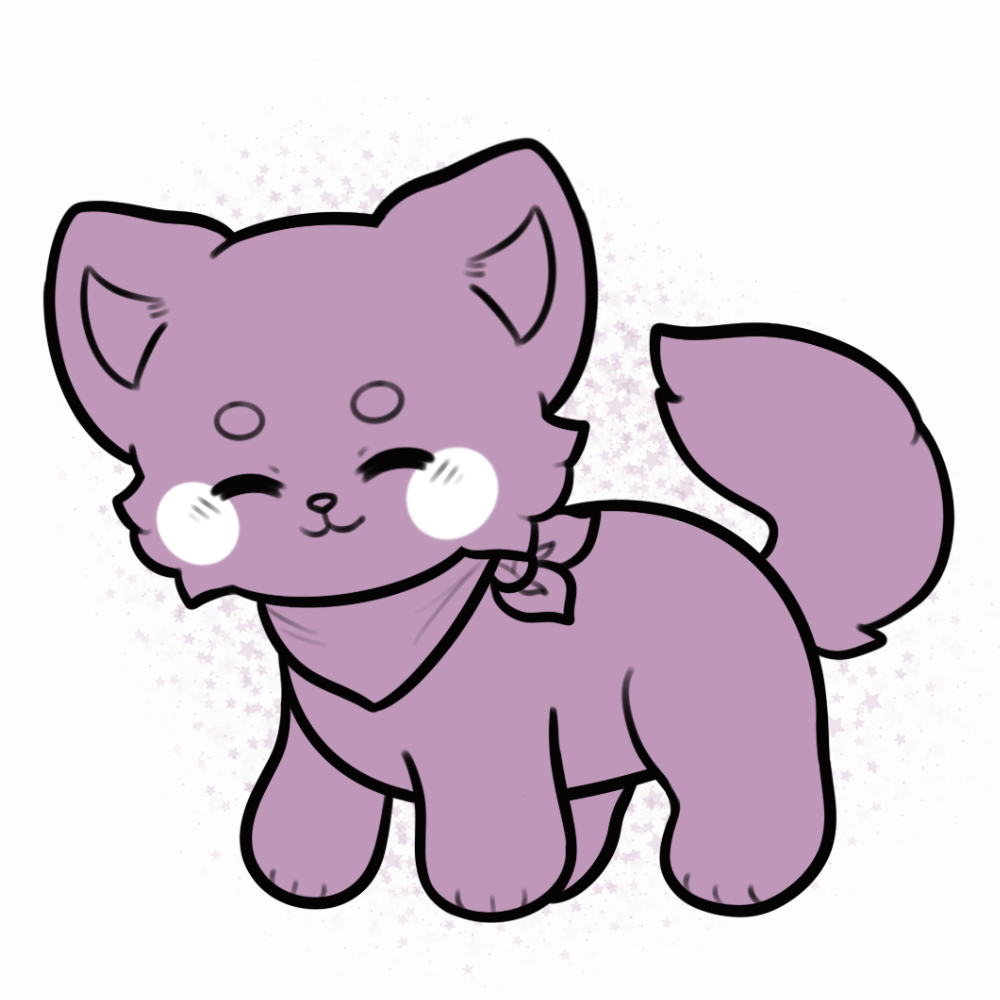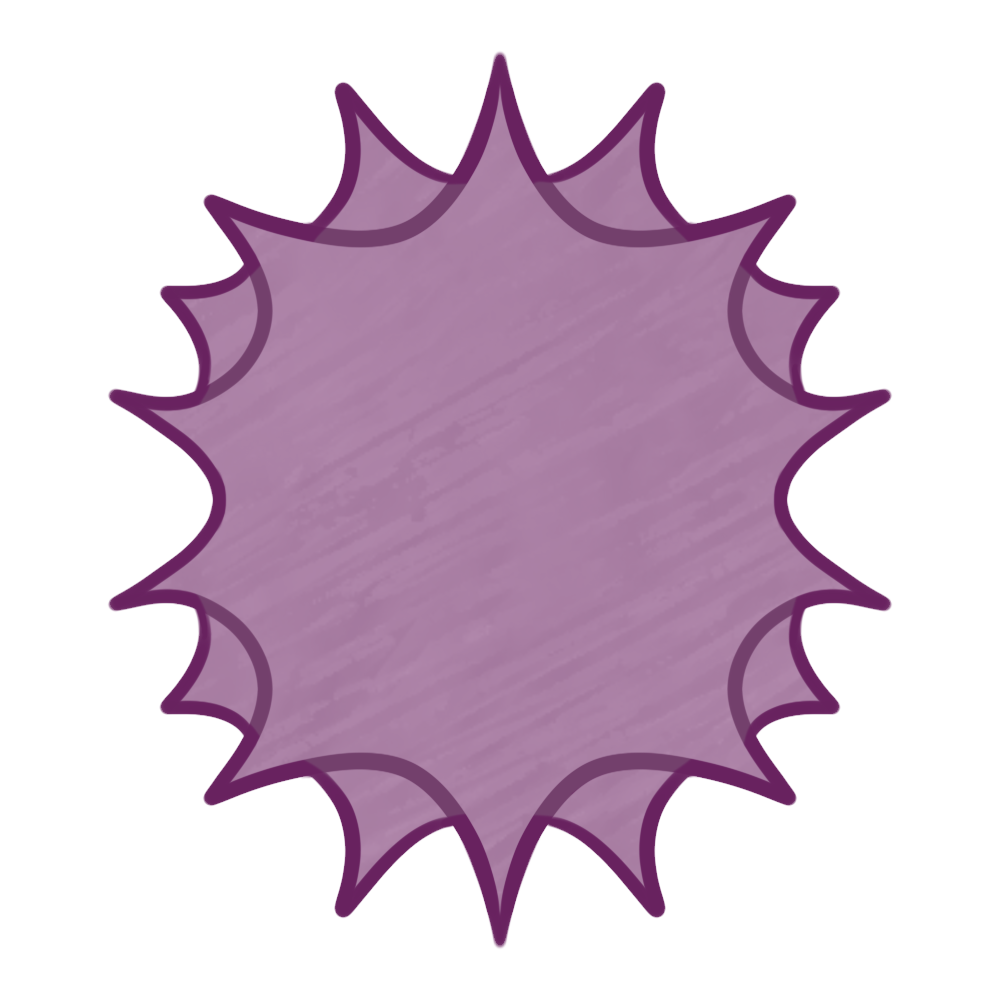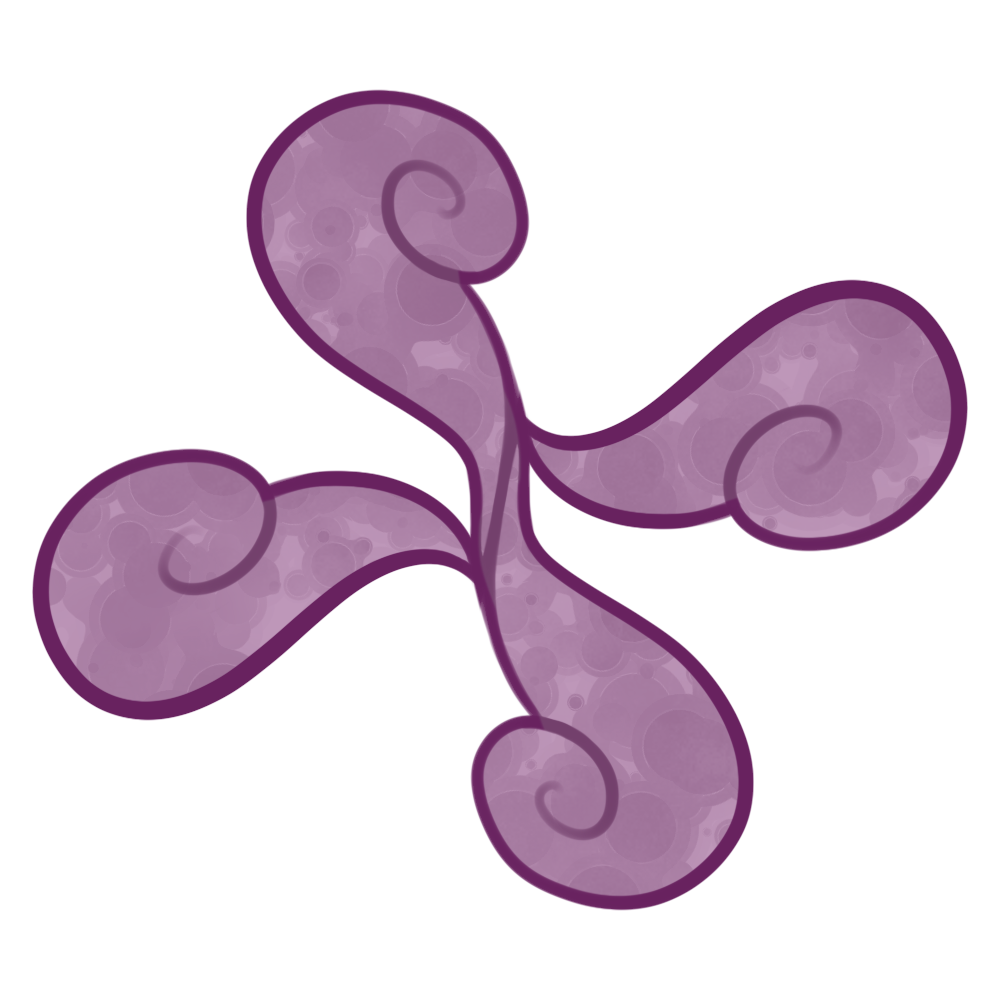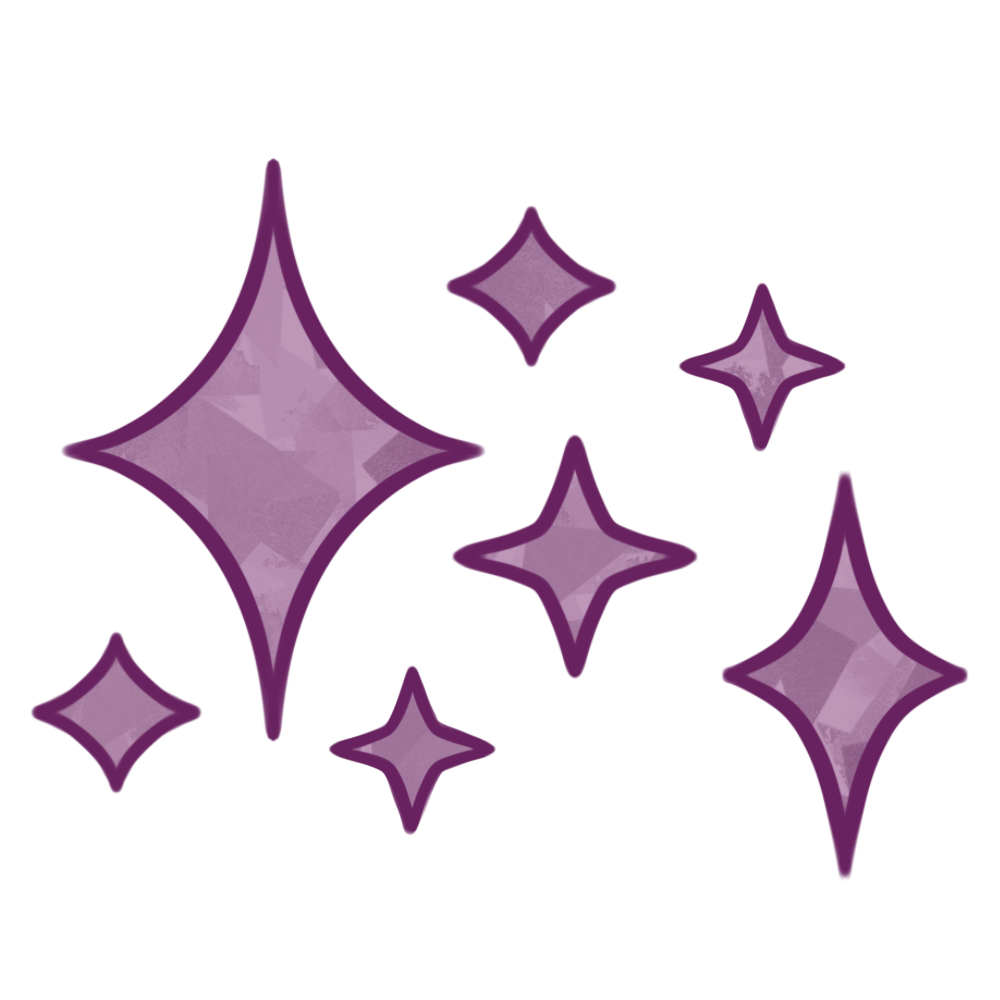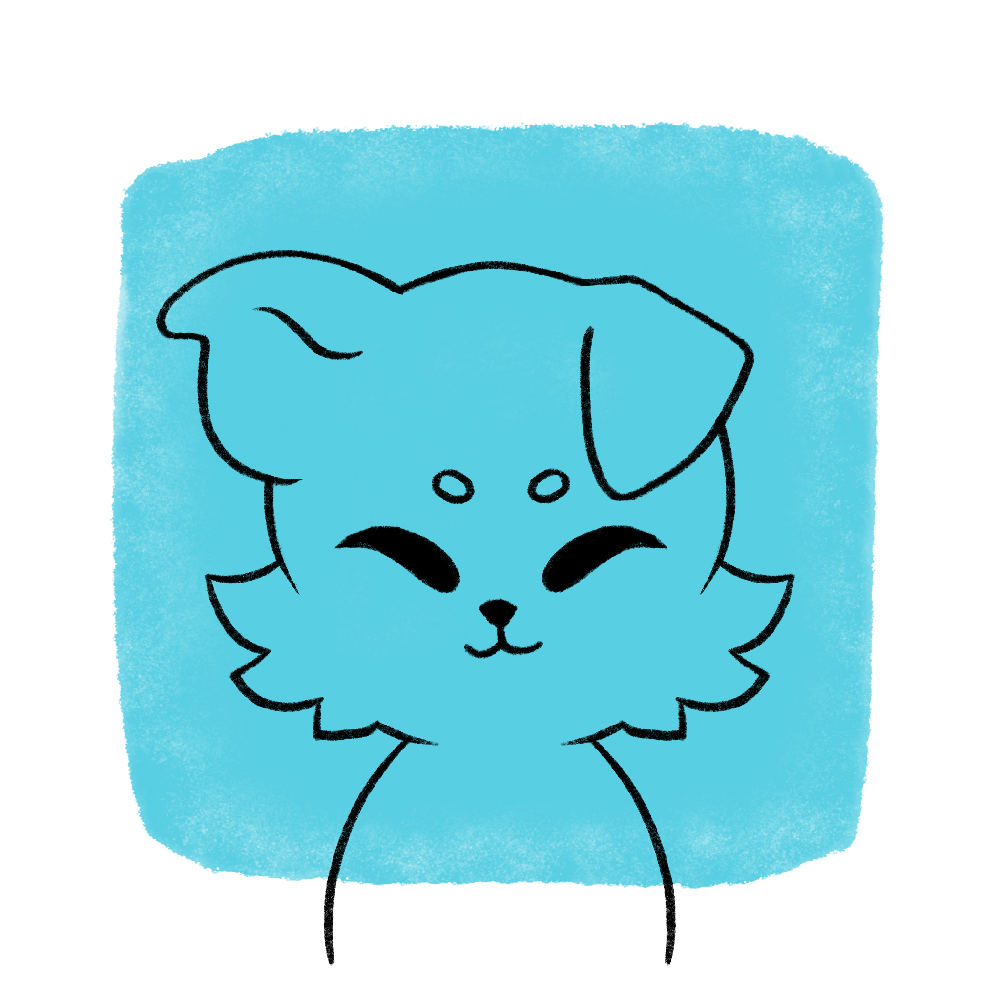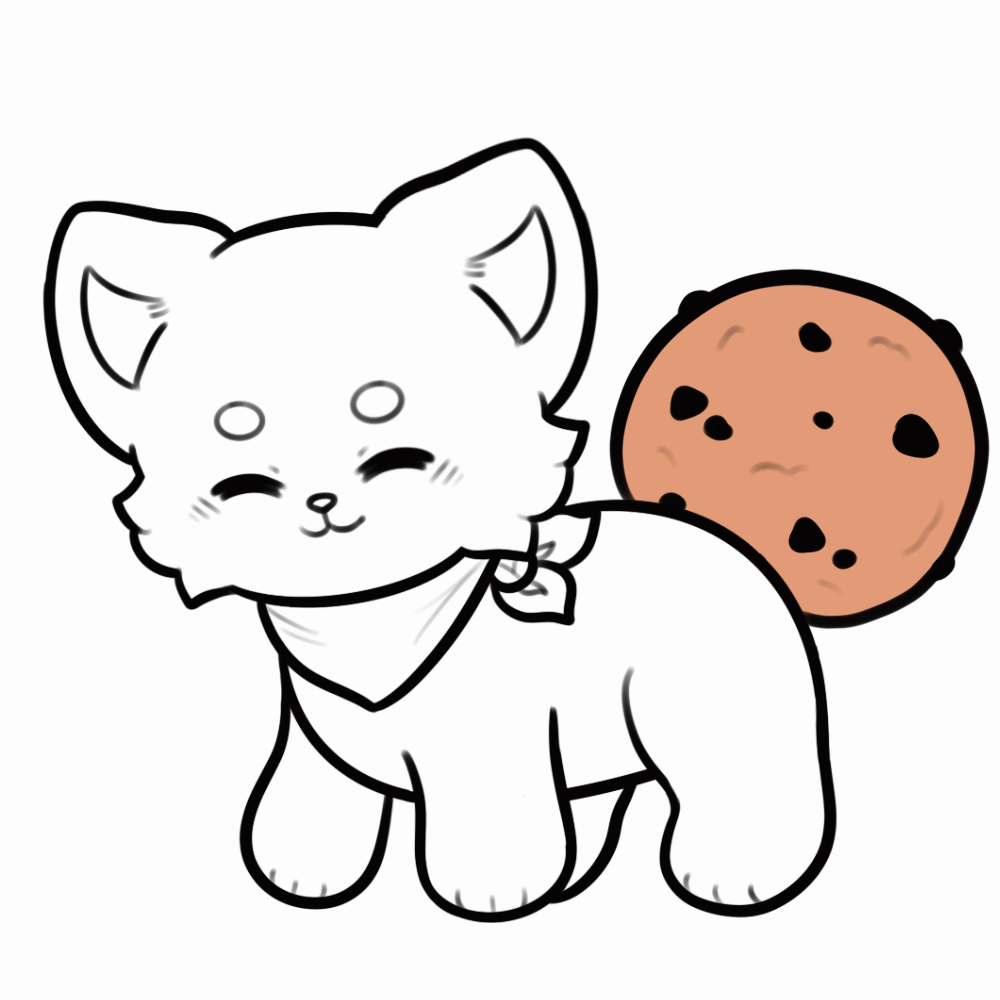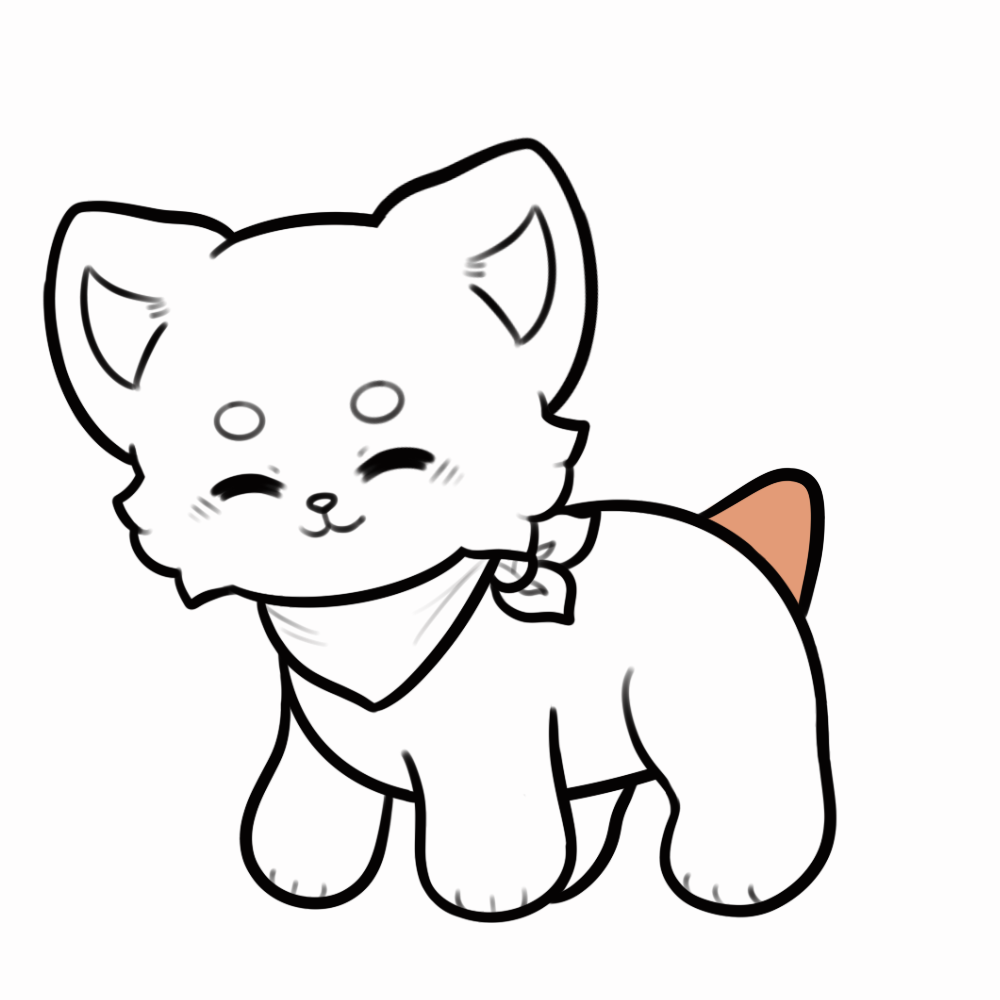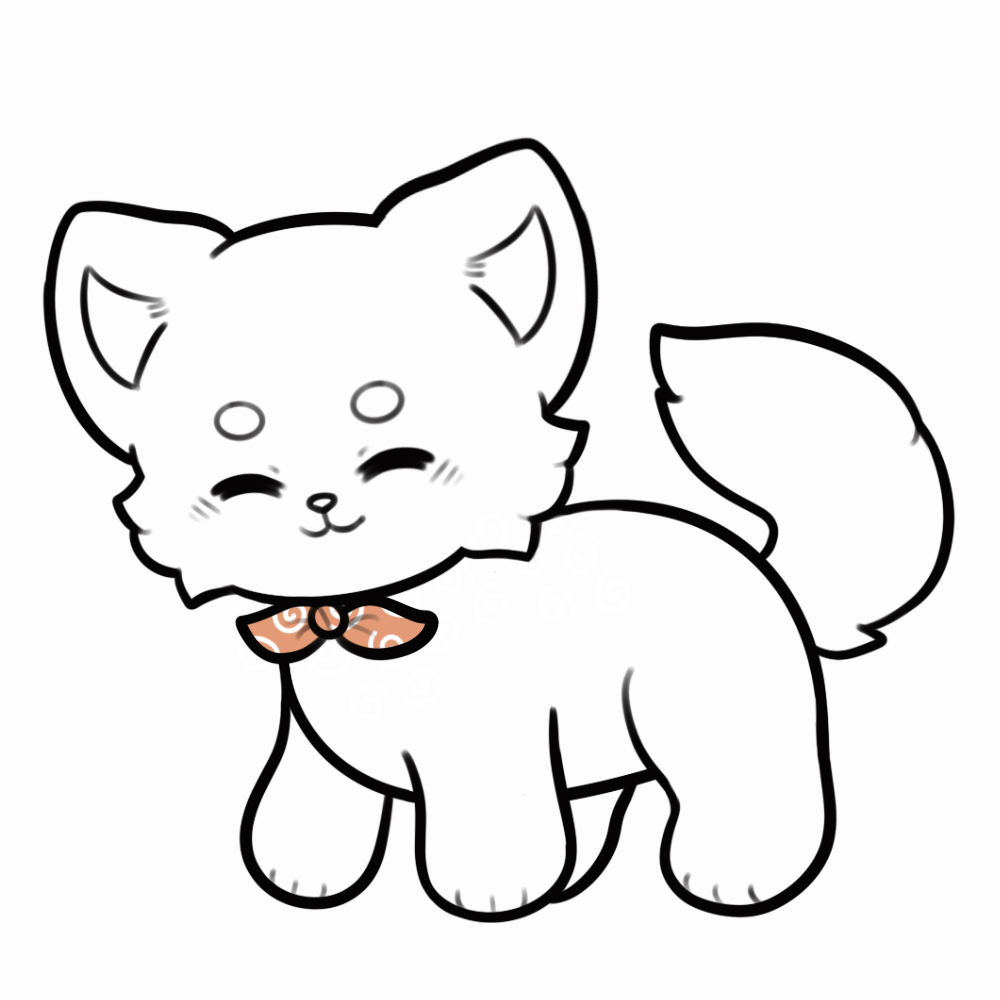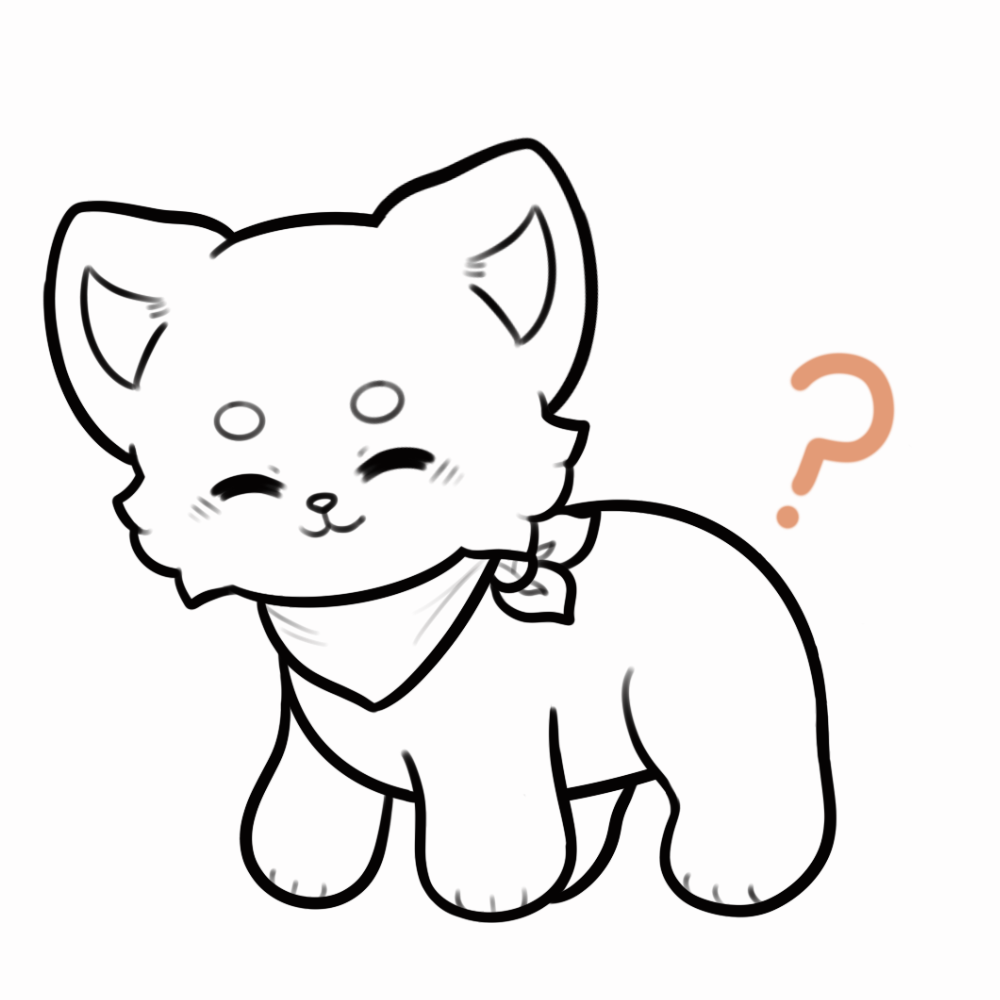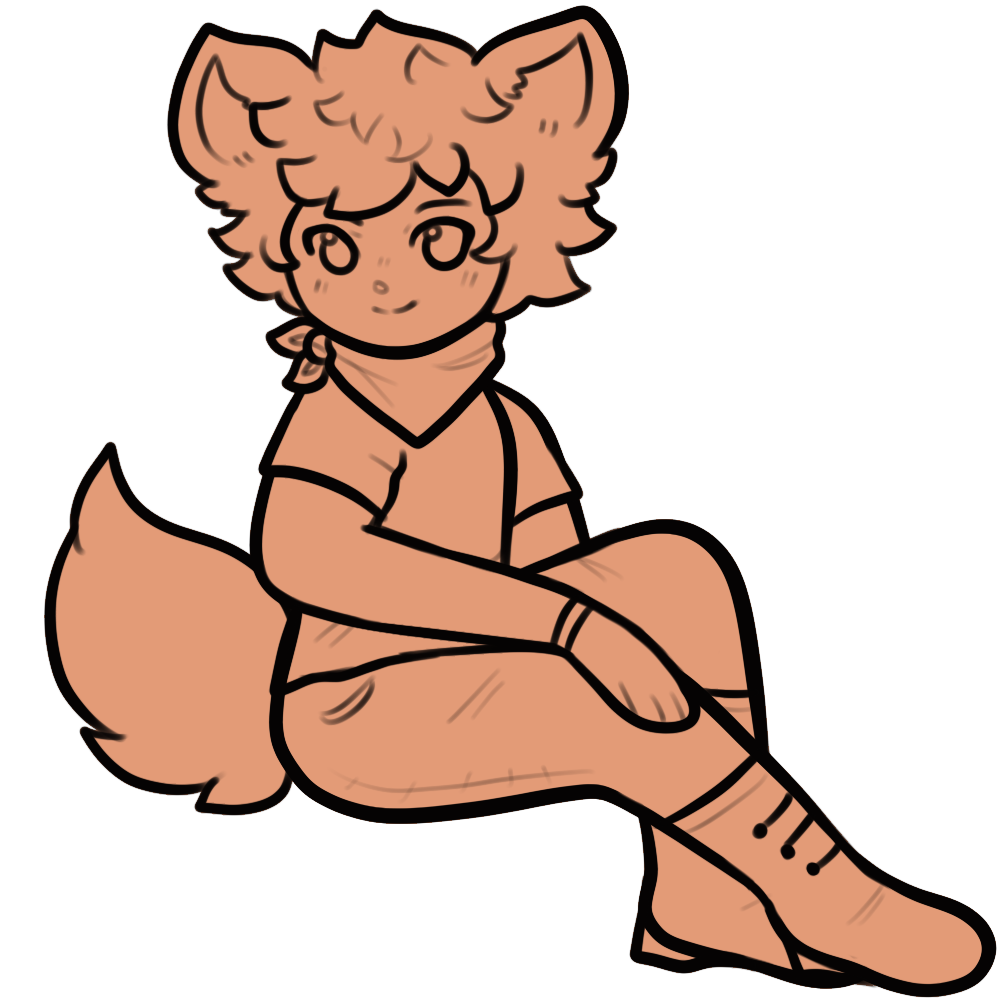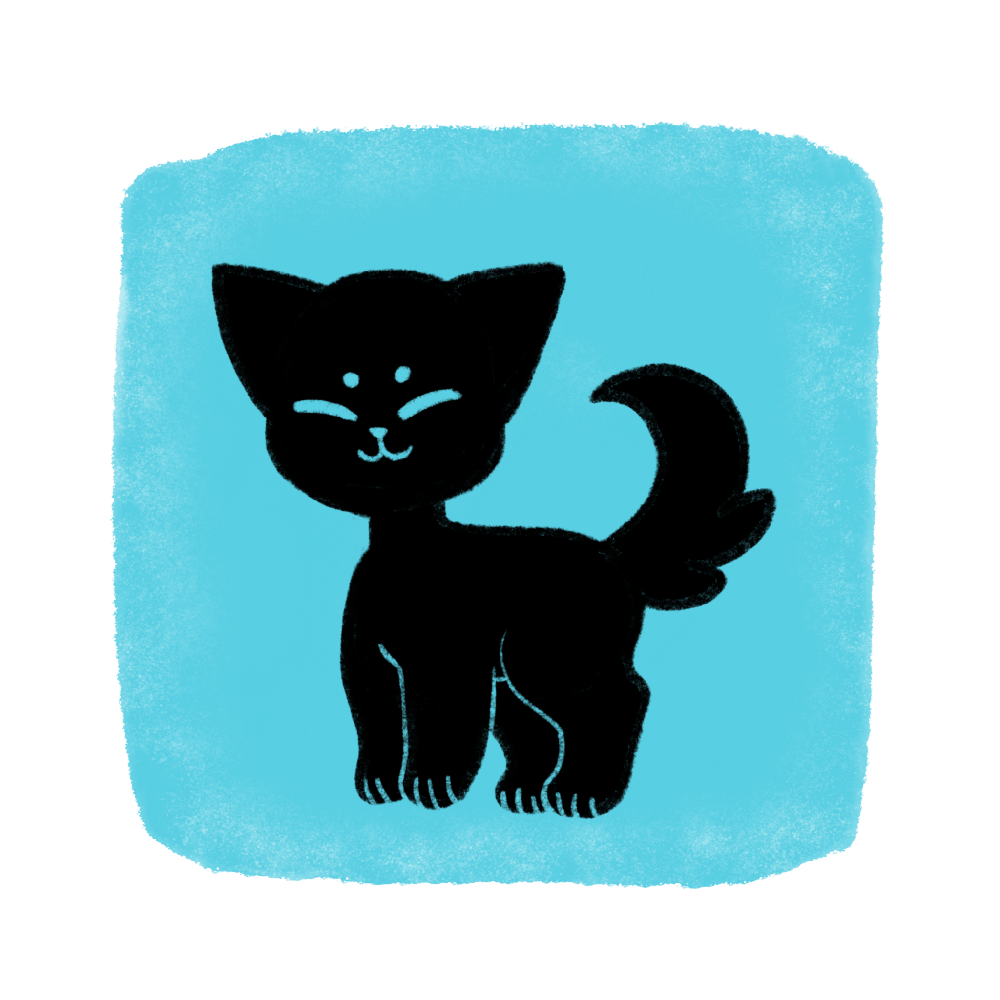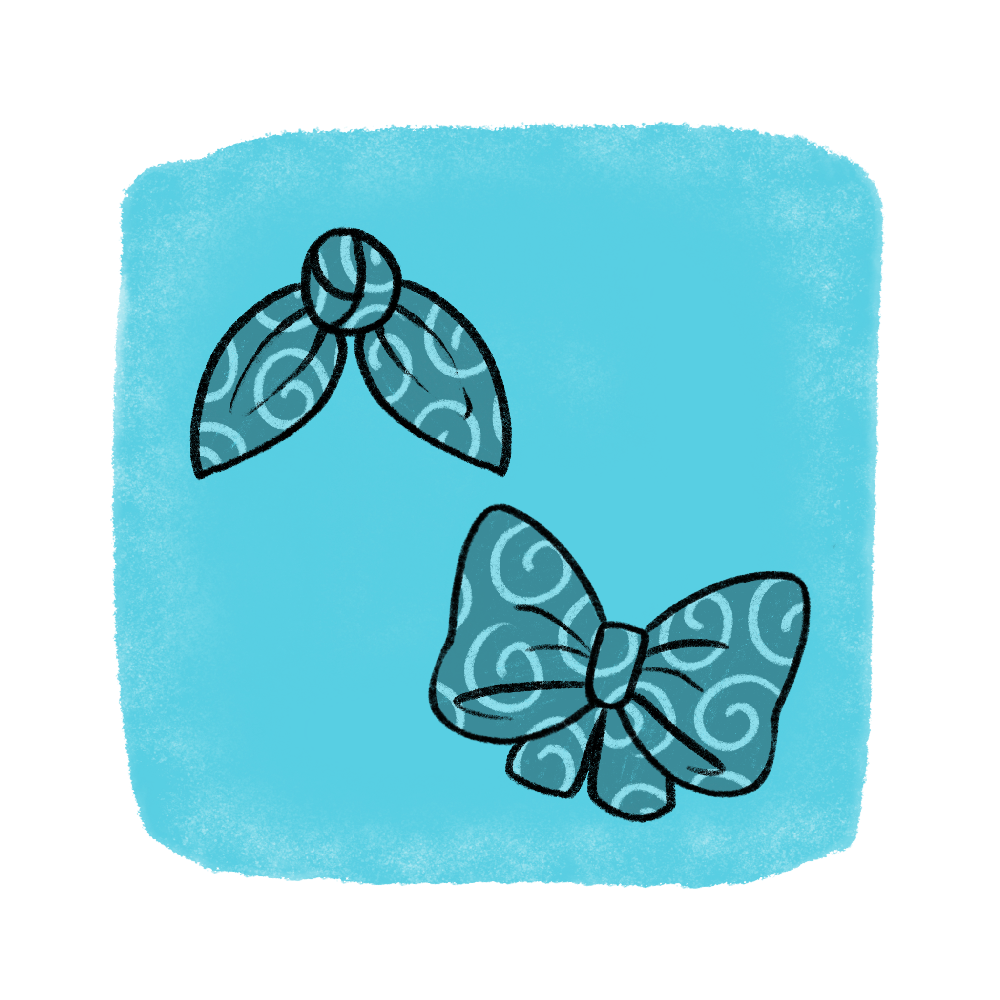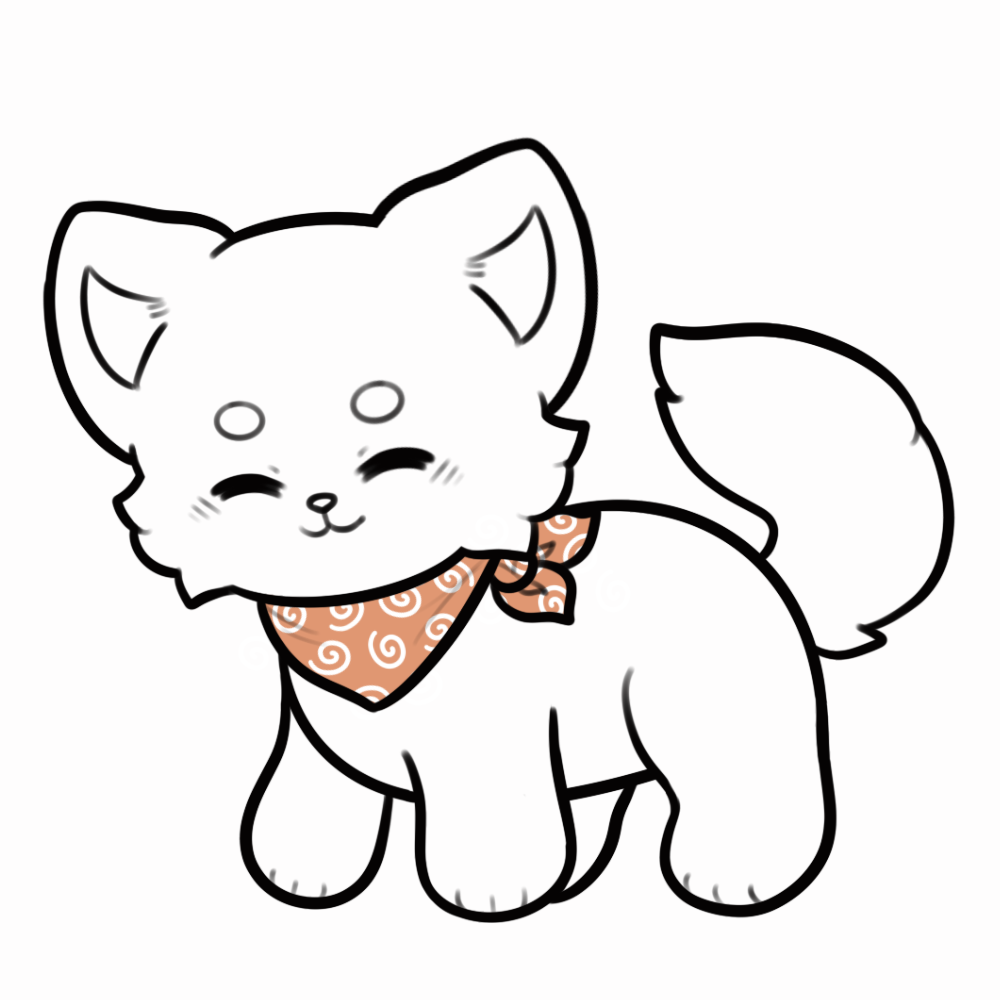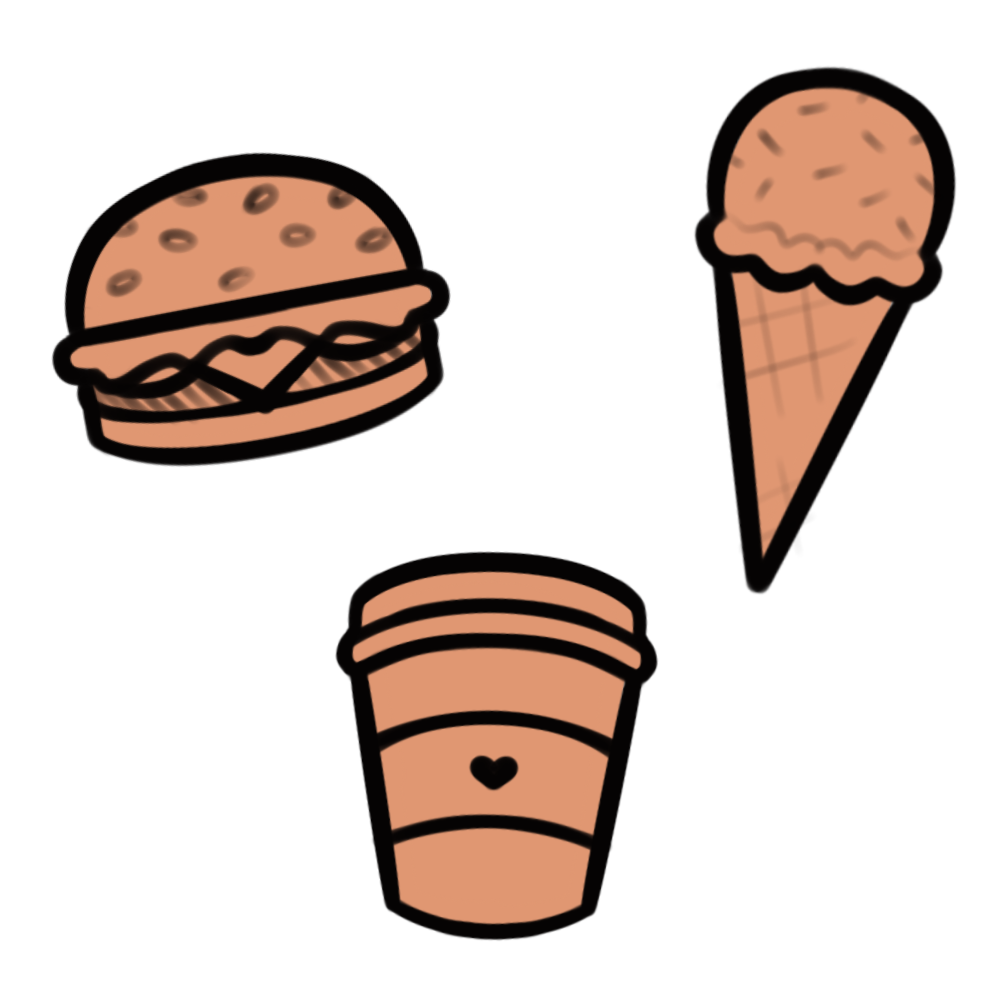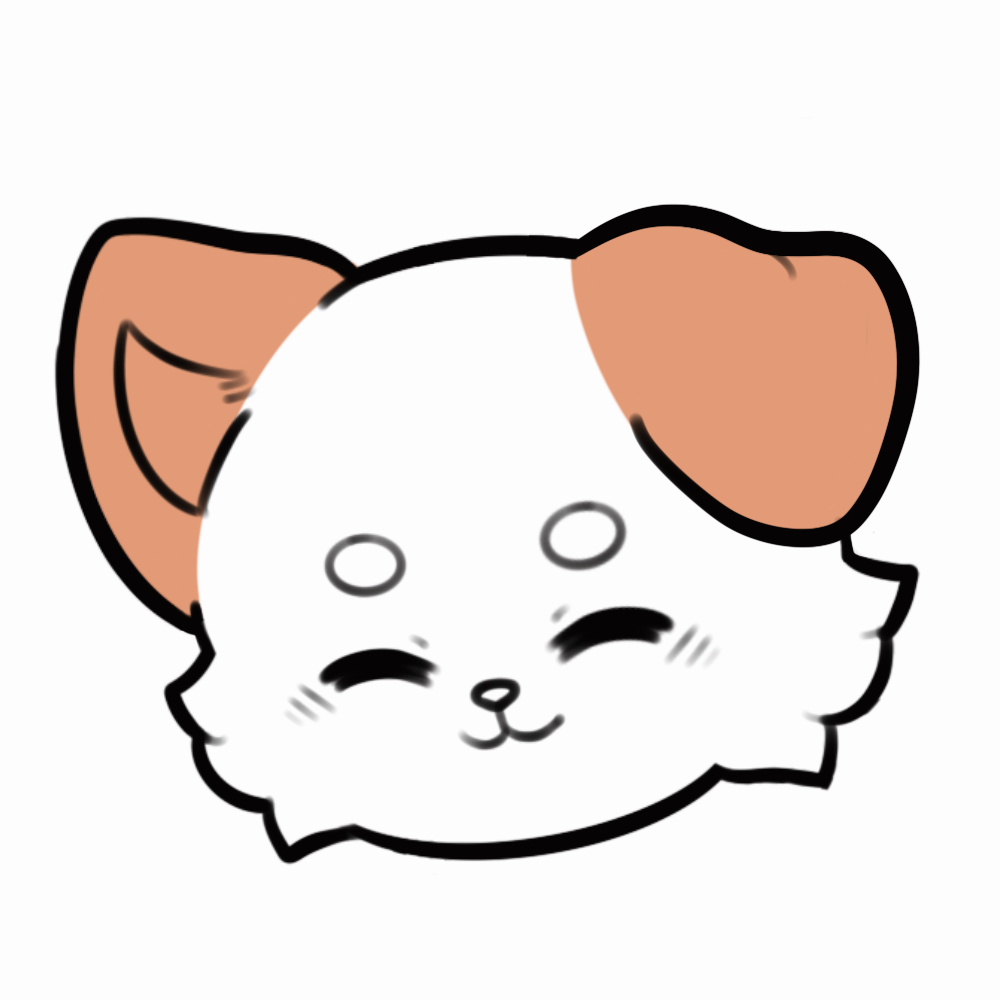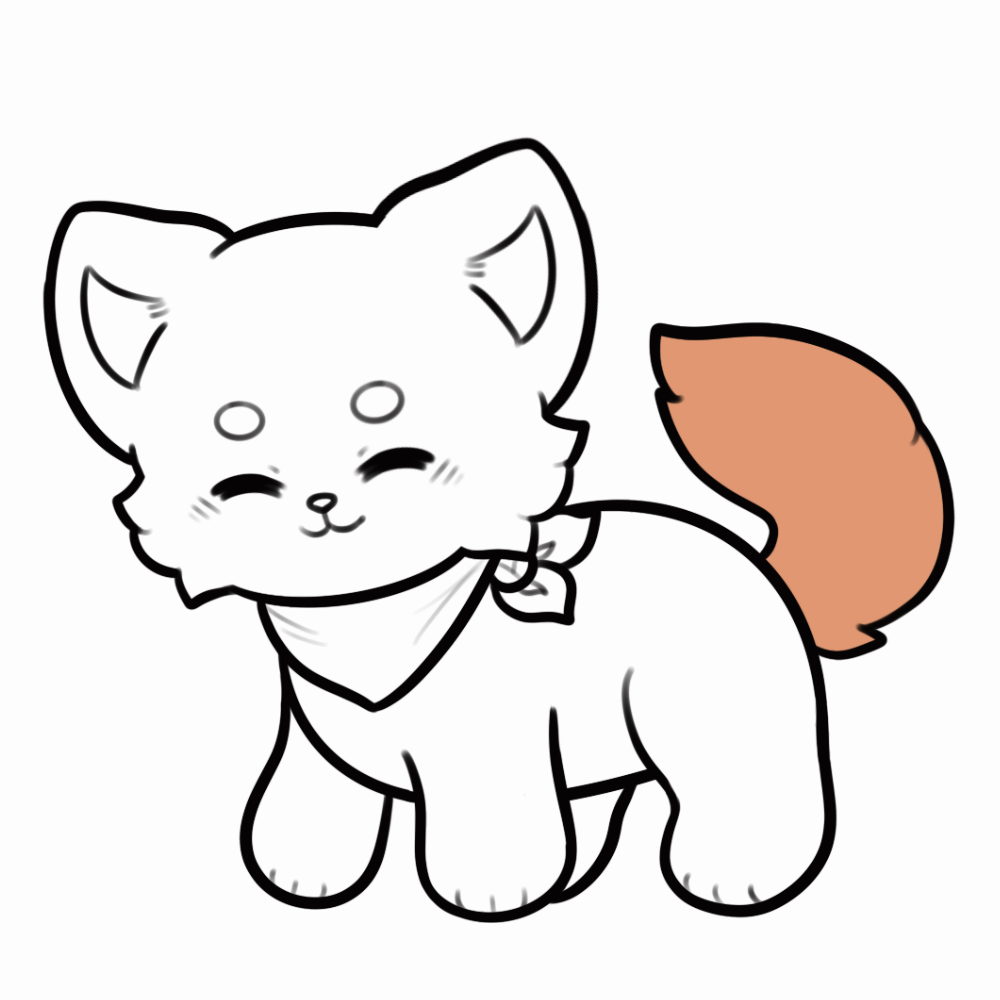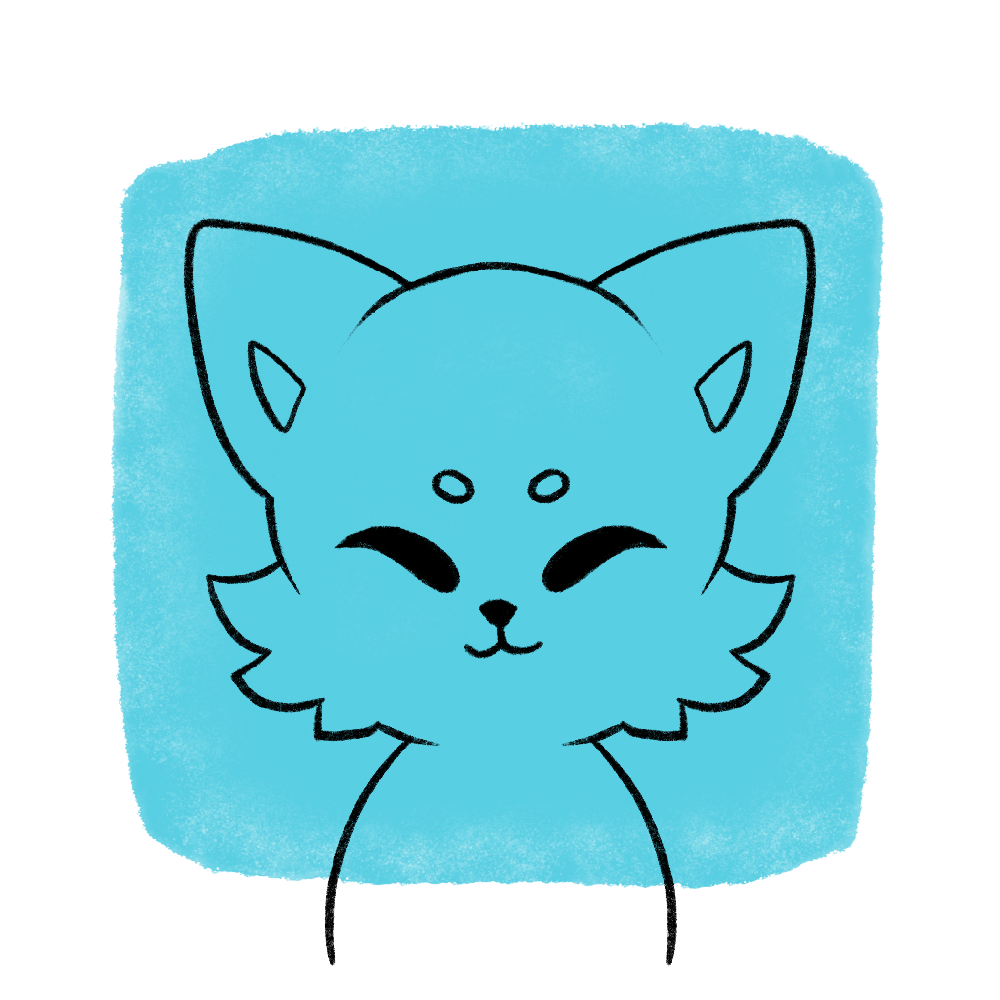Traits
Illusion (Capability)
Illusion magic creates images or sounds that manipulate the senses into seeing or hearing things that aren't really there. These are "tricks of the light" in a sense. Any images created are noncorporeal (meaning you cannot touch or feel them), and can have "targeted" effects (so only the "target" would experience the illusion).
The illusions created are small (at their largest, they could transform a small enclosed space), and persist only with focus from the soosh casting it (except for VERY powerful soosh!). So for example, a soosh could not cast an illusion that made creatures follow someone, or one that created a large monster. Illusions also cannot have a "maddening" or traumatizing effect (in general, soosh do not injure other soosh!).
Affinity Bonus: Illusion mastery greats the user double the total CR earned from adventures if earning any virtue points, including any CR awarded for available bonuses.
*Sushi dogs must complete the magic questline in order to earn this trait. Specific magic ability should be listed and is locked upon claiming.
Attuned (Capability)
When Sooshes have completed their magic training, they become Attuned with their magic capability and can use standard-level magic. This trait is necessary when trying to take on the Mythical Questline.
Creation (Capability)
Creation magic does exactly what it sounds like--it creates things that weren't there before! These creations are small (should be no bigger than the soosh itself) and have no sentience, although they can follow simple commands given by their creator (such as to sweep a room, or to follow someone).
Creations differ from illusions in that they are tangible, and do not require constant focus by the caster in order to maintain them. It is possible to make something with creation magic that persists even when its creator has gone far away. They do, however, have a "time limit" of sorts, depending on how powerful its creator is. For your average soosh (and for your purposes when playing this ARPG), creations would persist for about a day, unless the creation's magic were "refreshed" by its creator.
Affinity Bonus: Creation mastery allows the user to repeat a previously-completed adventure as long as the adventure is still open.
*Sushi dogs must complete the magic questline in order to earn this trait. Specific magic ability should be listed and is locked upon claiming.
Transformation (Capability)
Transformation magic, naturally, turns one thing into another. This differs from illusion magic in that the object transformed physically becomes something else, and from creation magic in that the transformation must be applied to something currently existing (rather than created from nothing).
Like creation magic, transformations have a "time limit", meaning that the transformation cannot be permanent. Additionally, while it is possible to transform living things, the effect is weakened when used on another soosh (the transformation would wear off within a few minutes), and if the creature was VERY powerful, would not have any effect at all. If it were used on the caster themselves, it would take a great amount of concentration and energy to maintain the transformation.
Transformation magic, like everything else, is also only possible on a small scale, and is 1-to-1. For example, a soosh could transform a single rock into a single coin, but they could not transform a large pile of rocks into a large pile of coins, or a single rock into a large pile of coins. Additionally, transformation magic cannot be used to transform things into living creatures. Only very powerful soosh are able to make such complex transformations.
Affinity Bonus: Transformation mastery allows the user to claim +1 extra virtue point (of the same type already claimed for the prompt) instead of the drawing/writing bonus (only if drawing/writing bonus criteria is met).
*Sushi dogs must complete the magic questline in order to earn this trait. Specific magic ability should be listed and is locked upon claiming.
Enchantment (Capability)
Enchantment magic works by altering the state of another creature, specifically by changing the mood, thoughts, or feelings. It could even be used to enchant an object!
Enchantment magic can only be used on one target at a time, and its effects are generally very small and not long-lasting. When used on another magical creature (like another soosh) its effect is weakened, and may be completely ineffective if the creature is very powerful! For example, this would mean that it is not possible to use enchantment to "enslave" another soosh (however, it could be used to make a soosh follow simple commands, such as "rollover" or "play dead").
Affinity Bonus: Enchantment mastery allows the user to always receive an adventure's quest giver bonus if earning any virtue points, regardless of whether or not the quest giver bonus criteria is met.
*Sushi dogs must complete the magic questline in order to earn this trait. Specific magic ability should be listed and is locked upon claiming.
Floppy Ears (Staple)
Floppy ears fold forward, either completely or only slightly. Floppy ears should be situated towards the sides of the head (unless combined with foxy ears), tipped in a gently rounded point (unless combined with round ears or tufted ear tips), and no taller than one half the height of the head (unless combined with large ears).
*To use two different ear types (ex. perky and floppy, floppy and lop, etc.) it would fall under the Mismatched Ears trait!
Hidden Bandana (Staple)
Hidden Bandanas are bandanas that are hidden under fur. The bandana still exists, but the knot may be the only thing showing!
- Main Bandana Addition: This trait must exist alongside Small Bandana or Large Bandana.
- Modifiers Available: Any knot trait modifiers.
Simple Knot (Staple)
Simple knots are tied in an overhand knot, basic bowtie, or ribboned knot. Simple knots/bows should be no larger than depicted in the size reference posted below, and for ribboned knots, the "tails" should be no longer than the size of the bow itself.
Small Bandana (Staple)
Small bandanas are generally no larger than the soosh's head, give or take (there's a bit of leeway here, just don't go too crazy!), and can be worn on just about any part of the body--usually around the neck.
Trait can be stacked with any other bandana trait except large bandana and obi bandana (unless the soosh has more than one bandana).
Small bandanas are worn in many different styles--check the masterlist for more examples and inspiration!
*Note that bandana traits must ALWAYS be stacked with a knot trait!
Basic Food (Staple)
The vast, vast majority of soosh are born from various kinds of food and drink around the world.
This trait includes...
- Real world food/drink
- Imagined food/drink using real world ingredients
- Fictional foods that could exist in the real world
Because many food and drink items can be created using different recipes and techniques, there could be more than one in existence. It is not necessary to ensure your basic food themed soosh has a unique name for its concept, so long as it looks distinct from other soosh!
Any foods/drinks that include names or images legally protected words or symbols will be classed as specialty food instead and cannot be used without express permission. In most cases, you can get around that limitation by using a more generic name!
Mismatched Ears (Staple)
Mismatched ears are the use of two Staple ear traits. If one ear is Perky, and one ear is Floppy, you would use this trait instead! Any combination of Staple ear types works for this trait, and you can still add Gourmet upgrades (ex. Round Ears, Tufted Ear Tips, etc.) if desired.
Fur Tail (Staple)
A cute, furry tail! The fur texture can be fluffy, curly, poofy, or however you'd like--or they can be hairless! Generally, fur tails can be shaped to look like just about any mamallian animal, but the length of the fur should be consistent across the entire tail length (ex. fur tails cannot be short with a longer tuft at the tip--that would make it an impish tail instead).
*Note: if a soosh has no tail, it is considered a fur tail!
Perky Ears (Staple)
Perky ears (usually) stand upright and alert! Perky ears should be situated towards the sides of the head (unless combined with foxy ears), tipped in a gently rounded point (unless combined with round ears or tufted ear tips), and no taller than one half the height of the head (unless combined with large ears).
*To use two different ear types (ex. perky and floppy, floppy and lop, etc.) it would fall under the Mismatched Ears trait!
